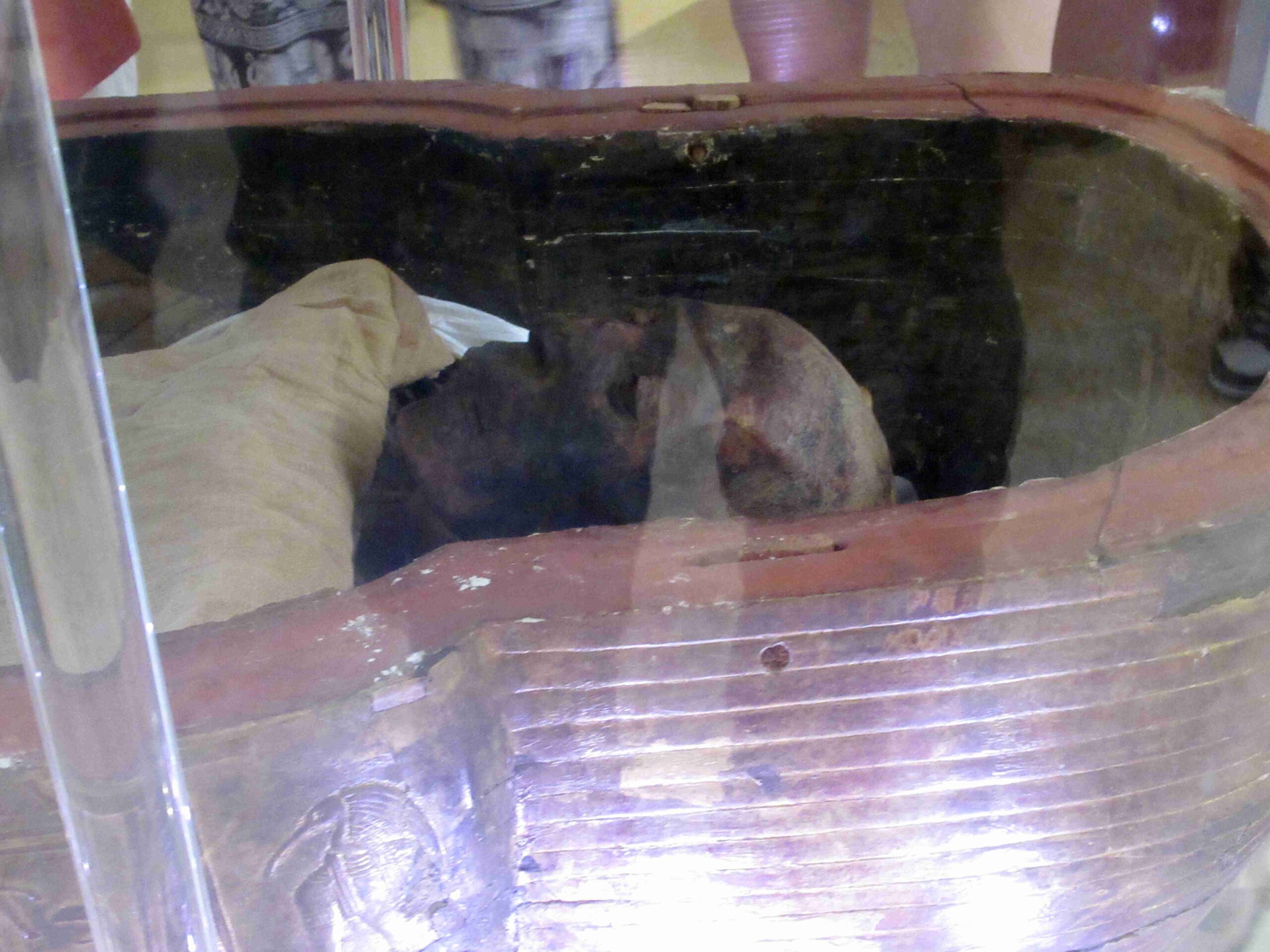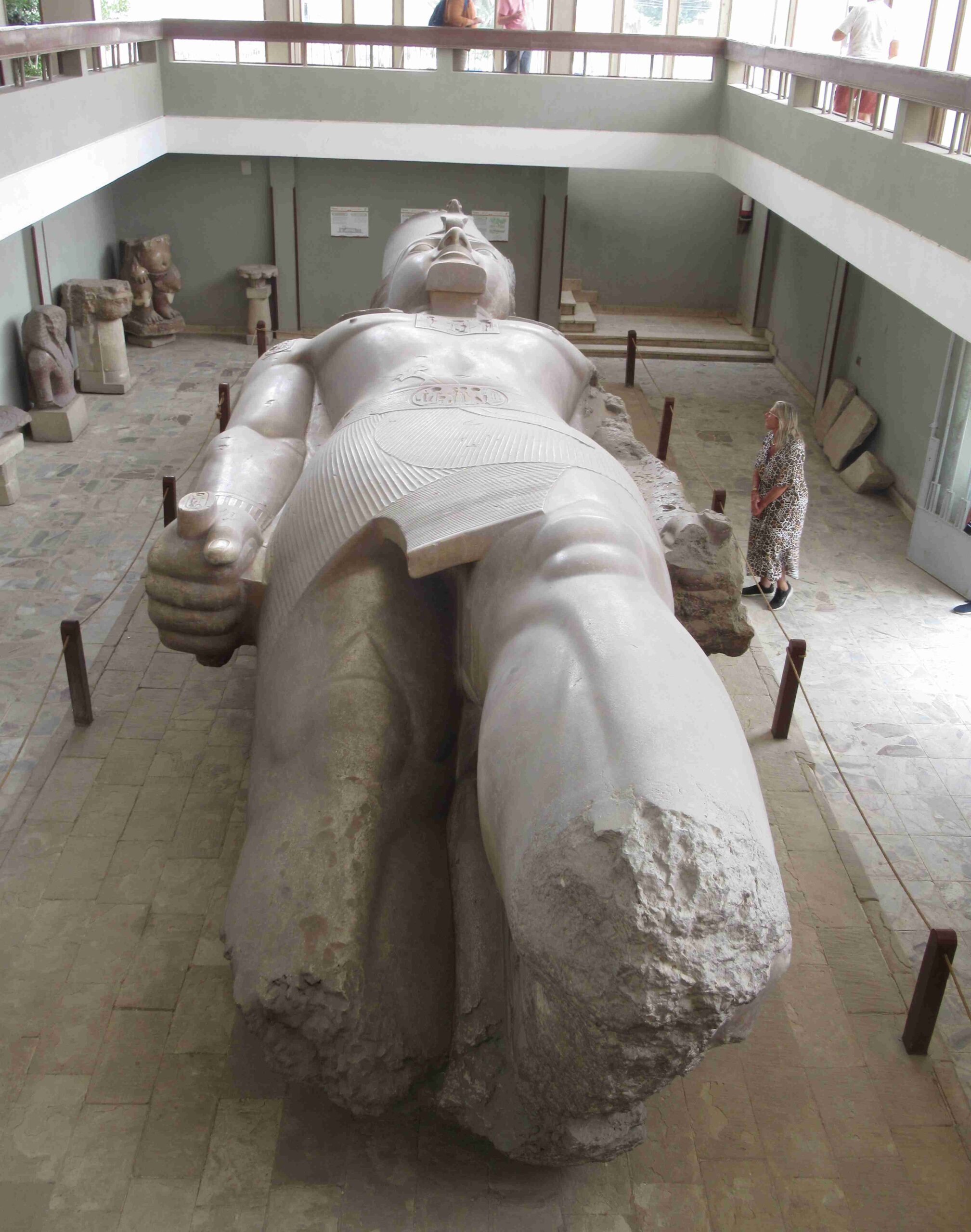When I was a kid, my uncle tried to convince me to put a pyramid under my bed at night so that good energies would transfer into my body while I slept. He had a pyramid of his own, which he had meticulously crafted using white cardboard and glue. My uncle thought it was crucial to make the measurements as close to perfect as possible in order to obtain the full benefits a pyramid could offer a person. I thought my uncle was a bit whacked in the head. That turned out to be true, though I’ll leave that sordid family tale out of this blog.

While I don’t believe in spooky pyramid power, it’s hard to argue that pyramids do possess a mystique that nudges them towards the supernatural realm. For example, while Egyptologists are reasonably certain the Great Pyramid was built about 4,600 years ago by a 4th Dynasty pharaoh named Khufu (better known as Cheops), they still don’t know exactly how the ancient Egyptians managed to erect such a massive structure, or what they were hoping to accomplish by doing so. It’s largely assumed that the pyramid was intended to be Cheops’s final resting place, but it’s hard to know for sure. No definitive tombs have ever been found inside, and only a single, empty sarcophagus was discovered in one of its chambers.

All the mystery surrounding the pyramids creates opportunities for both myth-building and outright nonsense. Some people claim the ancient Egyptians didn’t build the pyramids themselves, or that if they did, someone else showed them how to. (Aliens, cough, cough, aliens.) Of course it’s possible that the true origin of the pyramids involved some super intelligence we don’t understand. But just because we can’t disprove such theories doesn’t mean we should embrace them either.

The most likely explanation is simply that the ancient Egyptians developed some clever engineering techniques we haven’t figured out yet. Although the passage of time has allowed us to create technologies the ancients could never have dreamed of, the reverse could also be true, at least to some extent. But whatever specialized knowledge those old Egyptians may have possessed, it seems they decided to keep it to themselves. No explanatory writings have ever been found.

So much remains unknown about ancient Egypt that a whole branch of academic science exists just to study it. I’m guessing a career in Egyptology isn’t the most lucrative way to make a living, but it’s probably a lot of fun.


We also don’t know a lot about the Sphinx that resides alongside the Giza Pyramids. It was most likely built by Khafre, the son of Cheops. But again, the details are murky. As for the mangled nose, evidence suggests it was broken deliberately sometime between the 3rd and 10th centuries AD. But by whom and why remain a mystery.



Besides the pyramids at Giza, the other top destination in Cairo is the Egyptian Museum. The new one is almost ready, but for now the old one is still open.

A lot of the things on display at the museum were taken from the empty temples and tombs we’d already visited. It’s so chock full of stolen stuff that it overflows into the basement. And I’m still not sure when it became acceptable to move people’s remains around like department store mannequins.



There are a couple of other pyramids worth visiting in the Cairo area. Just a short drive away is Dahshur, where you can see the first pyramid that was completed with the same graceful lines and geometry as the pyramids at Giza. The one at Dahshur was built by King Sneferu, the father of Cheops. I didn’t bother to include a picture of it because it looks so similar to the Great Pyramid, only smaller. But Dahshur is also where you can see the “Bent Pyramid” – an earlier attempt by Sneferu that didn’t go quite as well.

At Saqqara, you can see a different pyramid design altogether.

The ruins at Memphis feature a gigantic statue of our old pal Ramses II. That dude just would not stop making images of himself. But to our disappointment, we didn’t come across any images of Elvis.

Back in Cairo, we visited Saint Virgin Mary’s Coptic Orthodox Church, which is better known as the “Hanging Church” because it was built on top of a gatehouse in the old Babylon Fortress, with part of the church suspended over a passageway.



We also took a look inside the Mosque of Muhammed Ali, which is part of the Saladin Citadel, a medieval Islamic fortress.



But at the end of the day, none of Cairo’s other tourist attractions can compete with the pyramids. Even if they don’t have any special powers, they are unquestionably Egypt’s face to the world, like the Eiffel Tower in Paris or New York’s Statue of Liberty. The pyramids beckon to us all our lives, inviting us to come and experience their ancient wonder for ourselves. As our travel gang’s awesome tour of Egypt concluded, I considered myself fortunate for having done just that.








